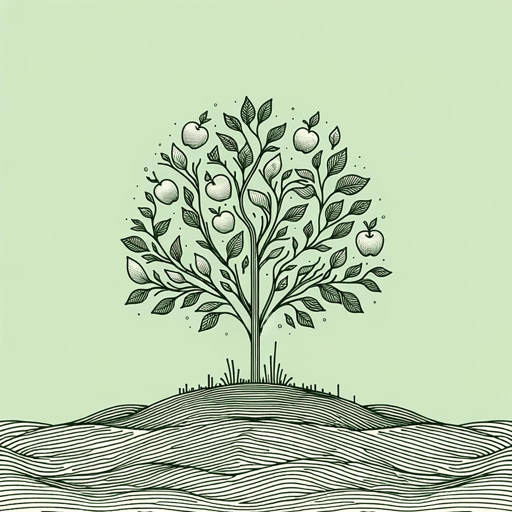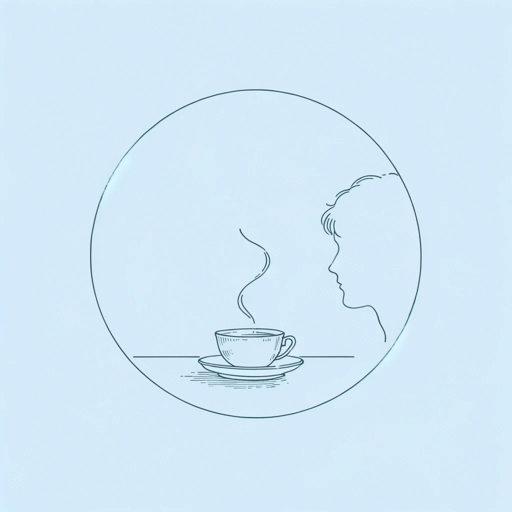38 pages • 1 hour read
T. S. EliotThe Waste Land
Fiction | Poem | Adult | Published in 1922A modern alternative to SparkNotes and CliffsNotes, SuperSummary offers high-quality Study Guides with detailed chapter summaries and analysis of major themes, characters, and more.
Literary Devices
Form
The form of the poem is at once conservative and radical. There are no fixed stanza forms. Each section, identified by its own title, maintains its own stanzaic sequencing, thus creating a feeling of fragmentation. Grounded in the classical expressions of Renaissance and Elizabethan verse, Eliot uses one of that era’s signature forms—blank verse, a grand and stately verse form designed to elevate speech into august poetic form without the singsong-y distractions of insistent regular rhyming. Deftly, Eliot imbeds subtle rhyming echoes within and between lines to enhance the aural experience, but the poem is largely unrhymed. Although blank verse can use any one of a number of formal structures, Eliot uses part iambic pentameter—one of the most traditional and recognizable verse forms recalling the iconic tragedies of William Shakespeare and the grand verse meditations of John Milton.
That Eliot uses such an elevated form to recreate the moral corruption of a world adrift in inanities—bored and amused to spiritual paralysis by its own irrelevancy—creates the irony central to the poem’s scathing indictment of its era. Each line alternates between stressed and unstressed syllables, lending itself to elevated recitation and allowing for dramatic pauses and subtle emphasis.
Related Titles
By T. S. Eliot

Ash Wednesday
T. S. Eliot

Four Quartets
T. S. Eliot

Journey of the Magi
T. S. Eliot

Little Gidding
T. S. Eliot

Mr. Mistoffelees
T. S. Eliot

Murder in the Cathedral
T. S. Eliot

Portrait of a Lady
T. S. Eliot

Rhapsody On A Windy Night
T. S. Eliot

The Cocktail Party
T. S. Eliot

The Hollow Men
T. S. Eliot

The Love Song of J. Alfred Prufrock
T. S. Eliot

The Song of the Jellicles
T. S. Eliot

Tradition and the Individual Talent
T. S. Eliot

